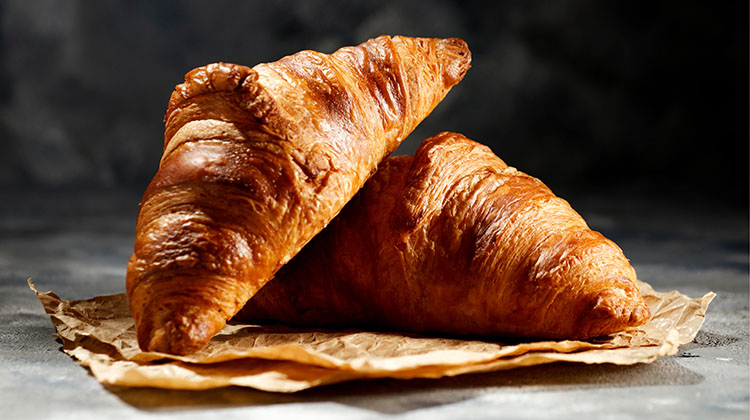
By Gary Tucker, Fellow, Campden BRI
One of the popular uses of vacuum cooling is for laminated pastry products. Campden BRI carried out a research project on vacuum cooling for bakery products to investigate the scientific issues that arise when cooling bakery products including laminated pastries, sandwich bread and cake.
Vacuum cooling is a rapid evaporative technique that can be used for various foods and vegetables, including bakery products (Bradshaw, 1976). The major characteristic of vacuum cooling is that products are cooled extremely fast by evaporation of water under vacuum. The theory is that pure water boils at 100°C at 1-atmosphere pressure but a reduction in pressure causes water to boil at a lower temperature. In practice, it works by placing hot baked products into a vacuum chamber and evacuating the air with a vacuum pump. The chamber pressure falls to the point where the water starts to evaporate or flash off. Large quantities of energy are involved with this phase change resulting in a rapid decrease in the product temperature. The water vapor is condensed back to water for discharge through a drain.


